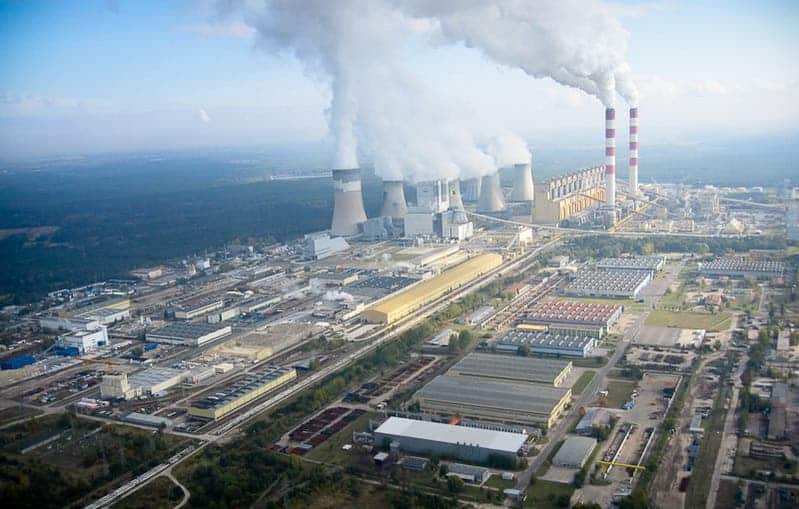Despite its bad name, China only has one plant on the “worst offenders” list.

We’re not really doing a great job at reducing our greenhouse gas emissions. In fact, we’re doing a pretty lousy job. Achieving net-zero emissions in a couple of decades seems like a pipe dream at this point, so researchers are looking for ways to at least tackle the worst emitters.
University of Colorado Boulder researchers Don Grant, David Zelinka, and Stefania Mitova used data from 2018 to look at the power plants that produce the most carbon dioxide emissions. They started from the 2009 Carbon Monitoring for Action database (CARMA) and built a more recent update.
Unsurprisingly, coal plants are the worst of the worst. Sure, renewables aren’t perfect and every form of energy comes with its own set of challenges, but coal plants come at a massive environmental cost. Even while some are a bit more efficient than others, even new coal plants produce massive emissions. According to the findings, just 5% of the world’s power plants produce almost three-quarters of the planet’s electricity emissions.
Eight out of the ten worst offenders are in Asia. South Korea has three plants in the “worst” top ten, India has two, and China has one. The plant with the highest emissions is in Poland.
| Rank Plant | Name | Country | Tons of CO2 | Primary Fuel | Age | Capacity (MW) |
| 1 | Belchatow | Poland | 37,600,000 | coal | 27 | 5298 |
| 2 | Vindhyachal | India | 33,877,953 | coal | 14 | 4760 |
| 3 | Dangjin | South Korea | 33,500,000 | coal | 10 | 6115 |
| 4 | Taean | South Korea | 31,400,000 | coal | 12 | 6100 |
| 5 | Taichung | Taiwan | 29,900,000 | coal | 22 | 5834 |
| 6 | Tuoketuo | China | 29,460,000 | coal | 10 | 6720 |
| 7 | Niederaussem | Germany | 27,200,000 | coal | 38 | 3826 |
| 8 | Sasan Umpp | India | 27,198,628 | coal | 3 | 3960 |
| 9 | Yonghungdo | South Korea | 27,000,000 | coal | 9 | 5080 |
| 10 | Hekinan | Japan | 26,640,000 | coal | 21 | 4100 |
| Total | 303,776,581 | Total | 51793 |
What is perhaps even more encouraging is that by addressing these “worst of the worst”, we could reduce emissions significantly, without adding very much pressure on global energy markets.
5% of the electricity, 75% of the emissions
The authors looked at how much of a country’s electricity pollution was produced by the worst 5% of all its power sector.
“Contrary to the received wisdom that greater environmental harm is a function of greater economic activity, emerging scholarship suggests that polluting releases are disproportionally distributed across units of production,” the study reads.
China has plenty of coal plants, but rather surprisingly, not too many huge offenders. The worst 5% in China accounted for around 25% of the country’s emissions. But in countries like the US, South Korea, Australia, Germany, or Japan, 5% of their plants accounted for around 90% of the carbon emissions in the power sector. Globally, the worst 5% of power plants produce 73% of the emissions.
Of course, these worst 5% of plants tend to produce more than 5% of the electricity — but this is good news, because shutting down a relatively low amount of polluting plants could mitigate a larger part of our emissions. This won’t be easy, but it’s the type of action we need to take as quickly as possible to address man-driven climate heating.
“As the fossil-fuel-burning energy infrastructure continues to expand and the urgency of combating climate change grows, nations will likely need to consider more expedient strategies of this sort,” the authors conclude.
To keep rising temperatures (and all the other effects of climate change) in check, we need to achieve carbon neutrality as quickly as possible — the year 2050 is a commonly mentioned target. But before we can even dream of that, we need to look at the low-hanging fruits and see what we can do about them.
The study has been published in Environmental Research Letters.









